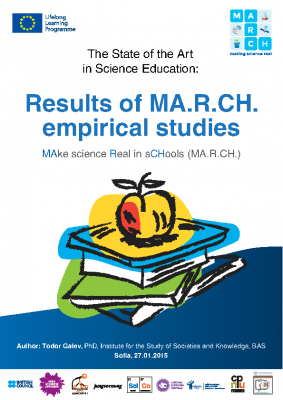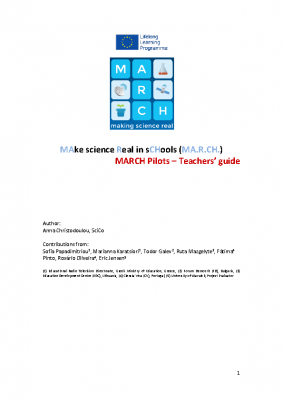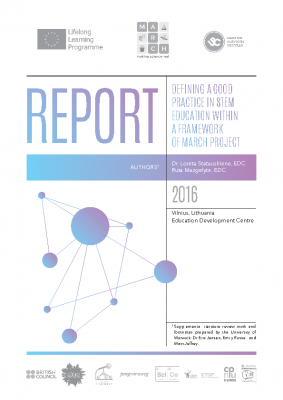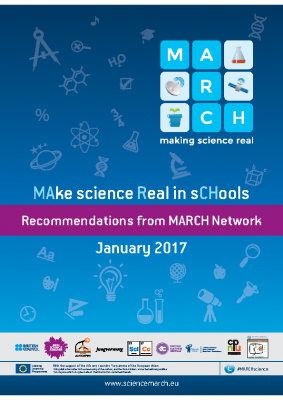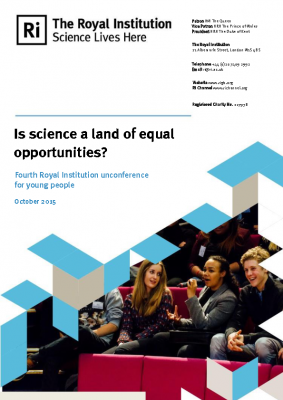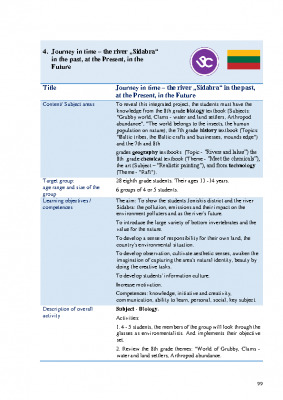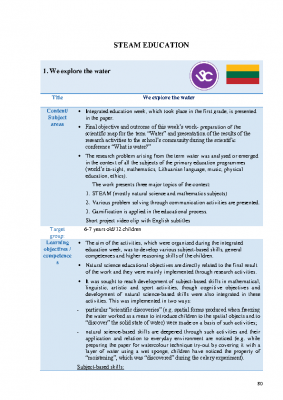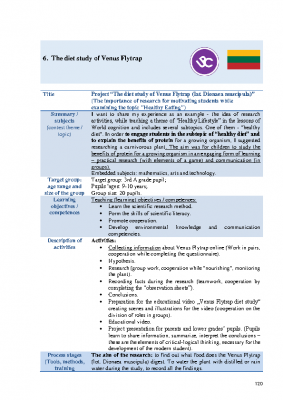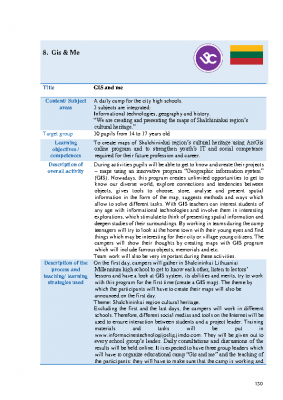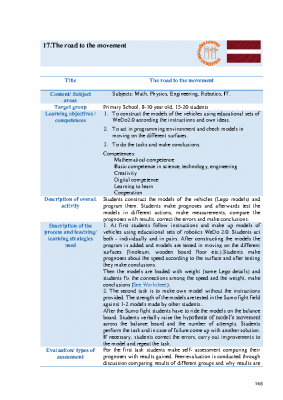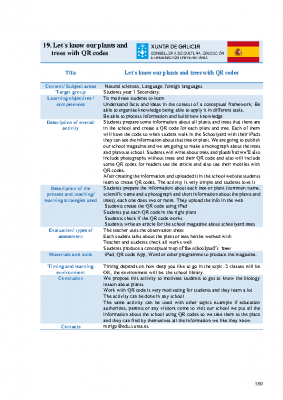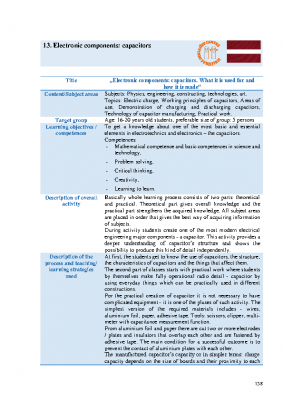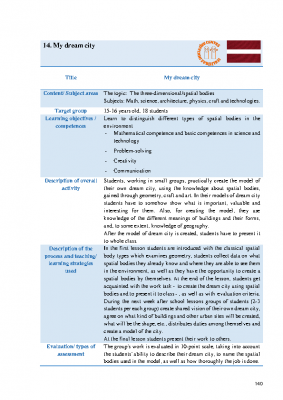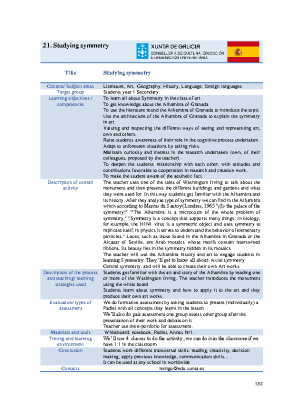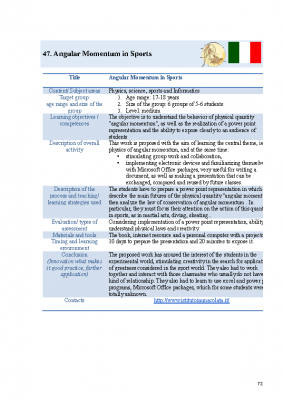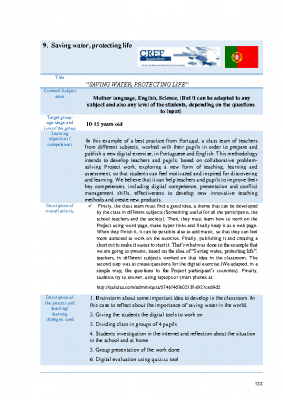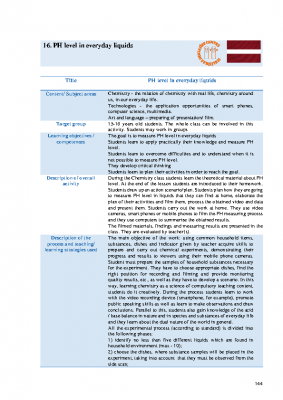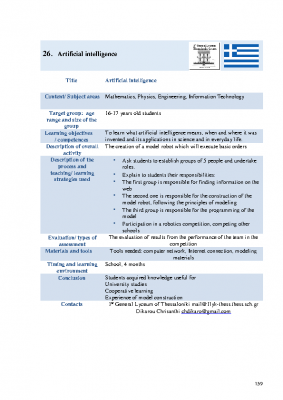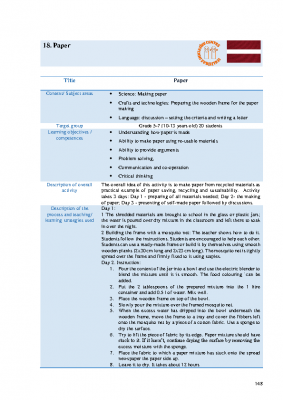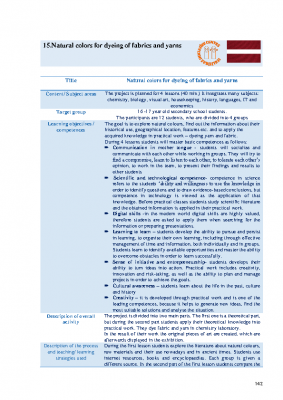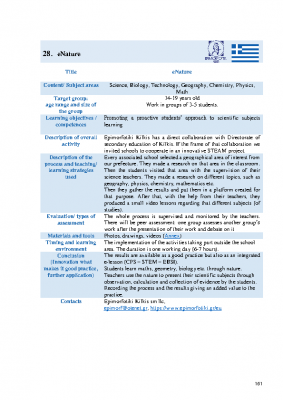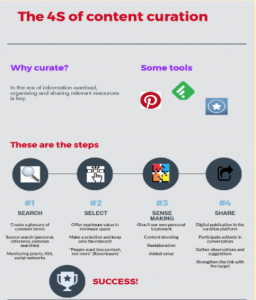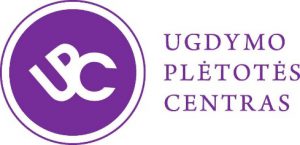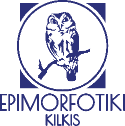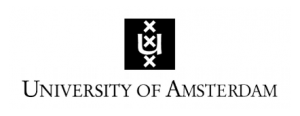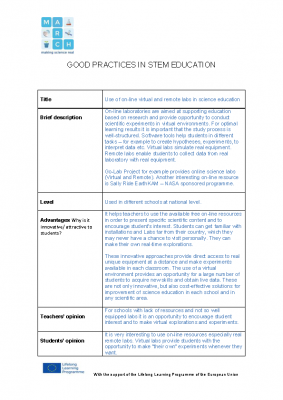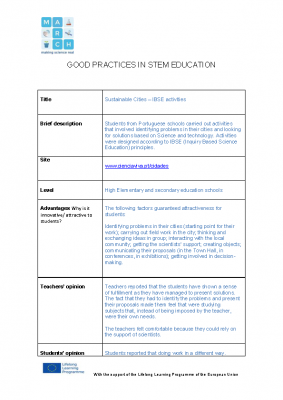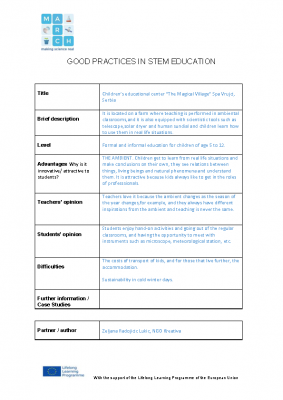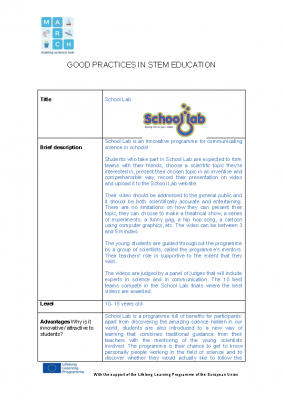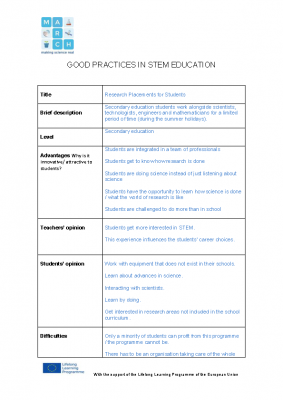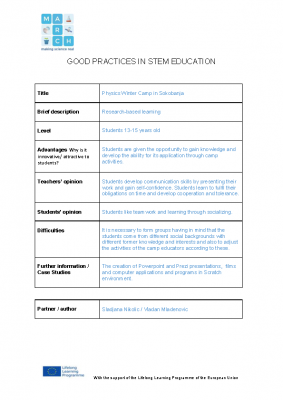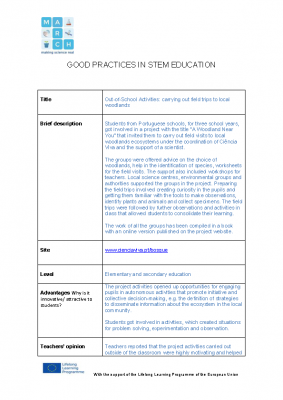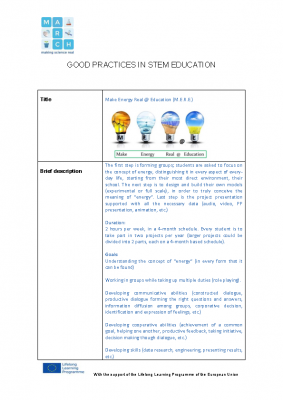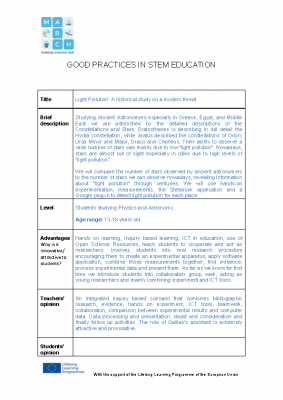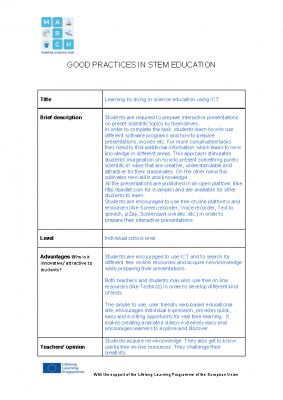
STEAM capacity building
On 25 September 2015 United Nations members adopted Sustainable Development Goals (SDG) to address global issues like poverty, the need to protect the planet, and ensure prosperity for all. The emphasis of agenda on such issues forms a clear demand for innovations, especially those from STEM (Science, technologies, engineering and mathematics) fields. A very recent European Commission report emphasized the importance of science in understanding the world, managing risks, guiding technological development and planning the future. However Europe faces a challenge of skilled personnel in STEM due to declining interest in science studies and related careers. Secondary education institutions are holding a key to unlock STEM potential, but previous analysis suggests important challenges arising to STEM secondary education. Firstly, it is more focused on theory than on knowledge application. Secondly, the use of modern methodologies, like out of school science-related “hands-on” activities, for attracting students to STEM is limited. Thirdly, secondary schools are more closely linked to education and science-based organizations than to industry. A very recent analysis (1) on good practices in STEM education from 7 EU countries provides very important insights:
- Good practices target 14-18 age group. This is a group of particular interest for tertiary education institutions and labour market. It is a target group for PISA surveys. Taking into consideration the fact that teaching impact becomes tangible in the long-term, younger age groups in STEM education should be reached.
- Although STEM good practices tend to develop few intellect types, we should consider how to develop various intellect types in STEM. For example, although spatial thinking is indispensable in STEM, visual-spatial intellect type is somehow underdeveloped. Moreover, if we are approaching STEM through higher level of integration, development of various intellect types is even more reasonable.
- Good practices communicate the idea of developing an individual, who participates in society through creative application of STEM knowledge. Therefore, it implies the need for more complex level of integration in STEM education and even incorporation of other disciplines (i.e. transition from STEM to STEAM). In addition, it implies on a peculiar value system, which considers the common good in STEM education, i.e. it is reaching out for responsible scientific knowledge.
These insights call for a joint action on national and international level in order to contribute to resolution of European level challenges by targeting teachers from STEM focused schools, who are the leaders, the vehicles of change and multipliers in STEM education in their countries, working with future generations and prospective employees in STEM fields. These insights also justify the need for more exploration to be done in STEM pedagogy and it’s practical applications to be shared among STEM leading schools and replicated by other local schools aiming for high quality teaching.
Project goal: to build a critical mass of teachers capable to implement a cohesive approach in STEM (science, technology, engineering and mathematics) teaching, which is based on ideas of values promotion, more complex integration in STEM education and learner-focused approach, and contribute to the development of responsible individual, who uses science to contribute to the progress and well-being of society.
Project objectives:
- To identify new and explore effective forms and methods in STEM teaching, learning and assessment;
- To share experience of good practice on:
- increasing students’ interest in STEM and creative STEM application through engaging, integrated STEM learning activities tailored to learner needs and capabilities;
- developing students’ skills of creativity and critical thinking, STMD competences (STMD = mathematical competence, basic competencies in science and technology, digital competence) social and civic competences;
- To guide teachers, how to organise STEM teaching based on values promotion, more complex integration in STEM education and learner-focused approach;
- To develop teachers’ skills and competences necessary for cohesive STEM education implementation;
- To support the development of international network of STEM teachers and peer learning community.
There are two Project Outputs will also facilitate the following results:
- MOOC. Massive online courses as a form will guarantee that we reach the maximum possible number of teachers in STEM focused schools and at the same time will ensure equal opportunities for the best STEM subject teachers from schools not focused in STEM. MOOC will also provide a virtual meeting and discussion space for international peers. As a consequence it will contribute to the scalability of implementation and provision of distant learning opportunities. The course evaluation questionnaires will be built in MOOC to collect participant feedback to be used in modifying/updating the final product.
- Long-Term Professional Development Program. It will increase competences of STEM teachers and will make them aware of the very recent developments in science education. The inquiry-based design of the program will ensure to facilitate an understanding and mastering the logic of inquiry in teaching practice. At the same time Professional Development Program will introduce and train on effective forms and methods in STEM teaching, learning and assessment.
Vilma Venta Jankūnė
Supervisor
Education Content Division
Education Development Centre

